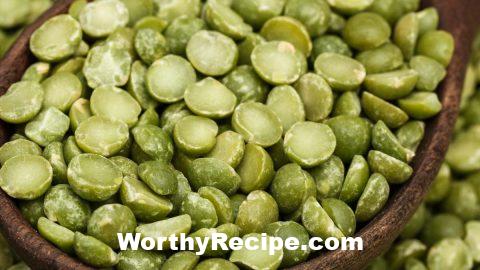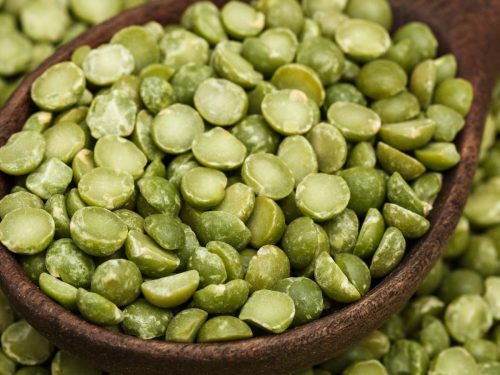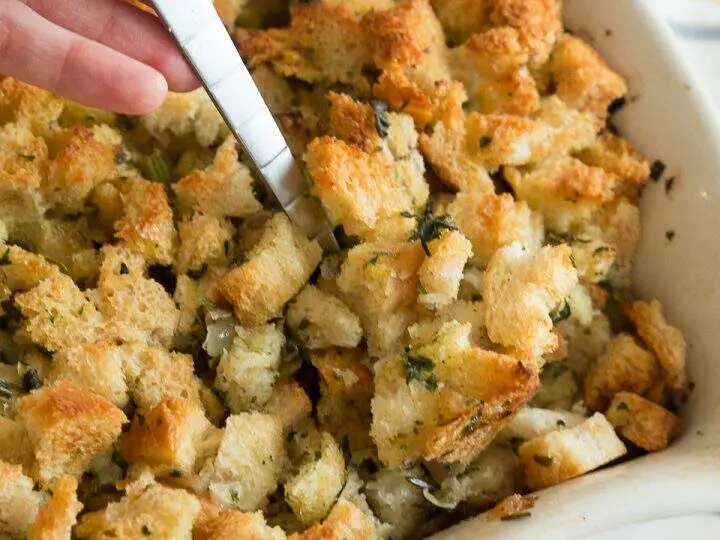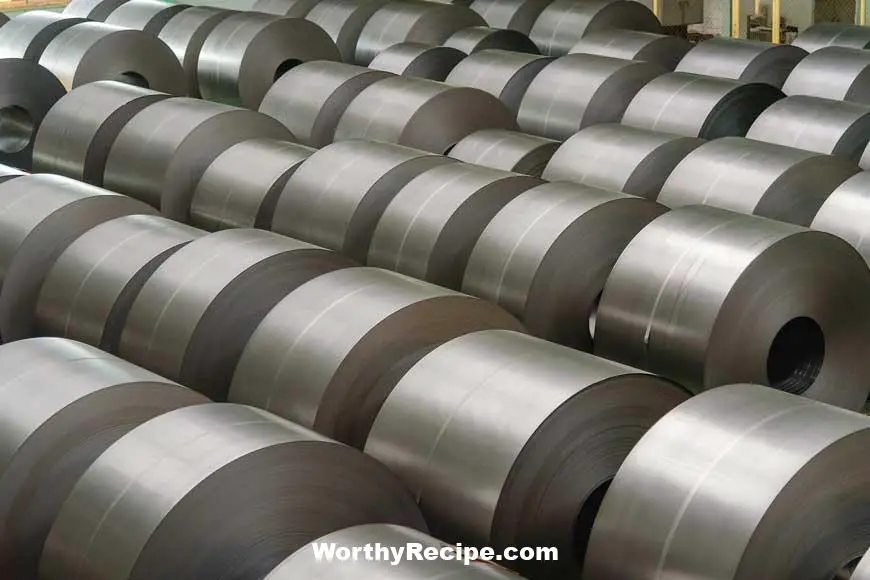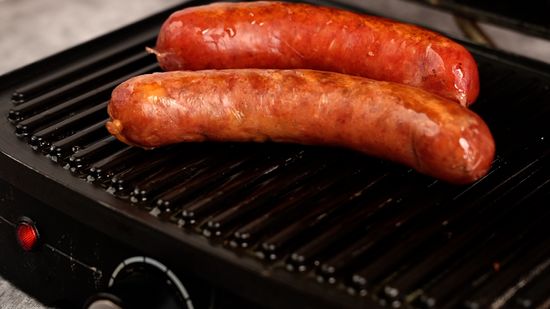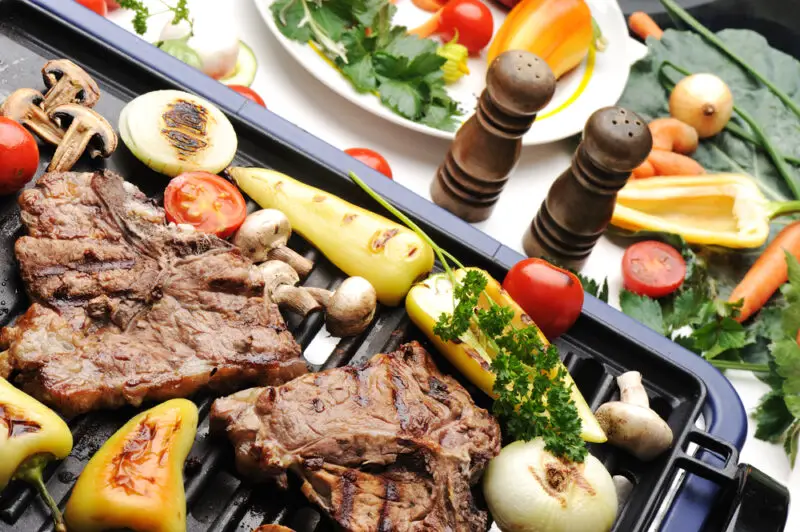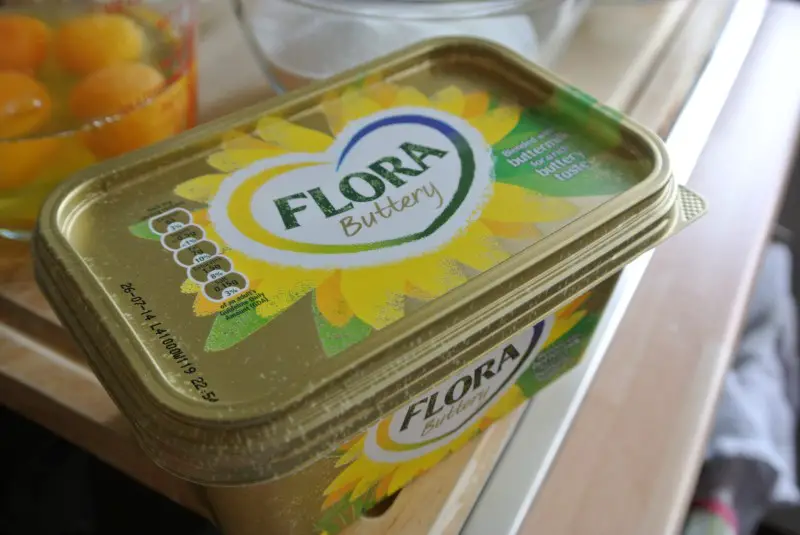How to Cook Dried Peas without Soaking Them: A Comprehensive Guide
Cooking dried peas is a nutritious and economical way to add plant-based protein and fiber to your diet. While soaking is typically recommended to reduce cooking time and improve texture, some people may not have the time or foresight to soak their peas in advance. In this comprehensive guide, we will discuss how to cook dried peas without soaking, including tips for optimal texture and troubleshooting common issues.
Why Soak Dried Peas?
Soaking dried peas is usually recommended for several reasons. Firstly, soaking can help improve the texture of the peas by reducing their cooking time and making them softer and easier to digest. Secondly, soaking can remove any impurities or debris that may be present on the surface of the peas. Finally, soaking can help evenly distribute any seasonings or flavors that you choose to add to your peas.
While soaking may seem like an additional step, it can ultimately save you time and produce better results in your final dish.
The Downsides of Not Soaking Dried Peas
While it’s technically possible to cook dried peas without soaking them first, there are some potential downsides. Firstly, cooking unsoaked dried peas can significantly increase their cooking time. This is due to the fact that the outer layer of the pea is thicker and harder when it hasn’t been soaked. This means that even with prolonged cooking times, the inner layers of the pea may remain crunchy or undercooked.
In addition to longer cooking times, unsoaked dried peas may not cook evenly. This can lead to a mixture of tough and overcooked sections throughout your finished dish, which can be unappetizing.
When Not to Soak Dried Peas
While soaking is generally recommended for optimal texture and flavor, there are some situations where it may not be necessary. For example, if you are using fresh, young peas that were recently picked and dried, they may not require soaking. Similarly, if you prefer a firmer texture in your peas or plan to use them in a dish where they will cook for a long time (such as a slow-cooked stew), you may not need to soak them first.
Ultimately, whether or not to soak your dried peas before cooking will depend on your personal preference and the specific recipe you are following.
Preparing Dried Peas for Cooking
Before cooking dried peas, it’s important to properly clean and rinse them. This can help remove any dirt or debris that may be present on the surface. To clean your dried peas:
- Pour the peas into a large bowl or colander
- Cover the peas with cold water
- Rinse the peas under running water while stirring with your hand
- Discard any floating peas or debris that rises to the top
- Drain the peas in a colander and shuffle them around to remove as much excess water as possible
Depending on the type of dried pea you are working with, there may be additional steps required before cooking. For example, some varieties of split peas may require removing their skins before cooking for optimal texture.
Cooking Dried Peas without Soaking: Methods and Tips
If you’ve decided not to soak your dried peas before cooking, there are several methods you can use to ensure even cooking and optimal texture.
Stovetop Method
The stovetop method involves simmering your peas in a pot on the stove. To cook dried peas on the stovetop:
- Add the rinsed peas to a large pot along with enough water to cover them by about an inch
- Bring the water to a boil, then reduce the heat to a low simmer
- Cover the pot with a lid, but slightly offset to allow steam to escape
- Cook for approximately 1-2 hours, stirring occasionally and adding more water as needed if it evaporates too quickly
- When the peas are tender and fully cooked through, remove them from the heat and drain any excess liquid before using in your recipe
It’s important to keep an eye on your peas while they are cooking to ensure that they don’t burn or boil over. Keeping the heat at a low simmer and stirring occasionally can help prevent these issues and allow for even cooking.
Pressure Cooker Method
A pressure cooker can significantly reduce cooking time and produce evenly cooked dried peas without the need for soaking. To cook dried peas in a pressure cooker:
- Add the rinsed peas to the bowl of your pressure cooker along with enough water or broth to cover them by about an inch
- Close the lid of your pressure cooker and set it to high pressure for around 20-30 minutes, depending on the size of your peas
- Allow the pressure to release naturally once it’s finished cooking before removing the lid
- Test your peas for tenderness and add more cooking time if needed
- When the peas are fully cooked, drain any excess liquid before using in your recipe
Pressure cookers can be a great tool for cooking dried peas quickly and effectively. However, it’s important to follow the manufacturer’s instructions and safety guidelines closely.
Slow Cooker Method
Cooking dried peas in a slow cooker is another option that can produce tender and flavorful results. To cook dried peas in a slow cooker:
- Add the rinsed peas to your slow cooker along with enough water or broth to cover them by about an inch
- Cover the slow cooker with a lid and set it to low heat for around 6-8 hours or high heat for around 3-4 hours, depending on the size of your peas
- Check your peas for tenderness after the allotted time has passed and add more cooking time if needed
- When the peas are finished cooking, drain any excess liquid before using in your recipe
Slow cookers can help you achieve tender, evenly cooked dried peas without much effort. However, as with any cooking method, it’s important to monitor your progress throughout the process and adjust as needed.
Tips for Optimal Texture and Flavor
Whether you choose to soak your dried peas or not, there are several tips you can follow to ensure optimal texture and flavor:
- Salt your water: Adding salt to your water can help enhance the flavor of your peas and make them more tender.
- Add acid towards the end of cooking: While acid (such as vinegar or lemon juice) can help tenderize your peas, adding it too early can cause the skins to toughen. Instead, wait until the peas are almost fully cooked before adding acid to your recipe.
- Avoid over-stirring: While stirring can help ensure even cooking, it’s important not to stir too frequently as this can cause the outer layers of the peas to break down too quickly and become mushy.
Troubleshooting Common Issues
While cooking dried peas without soaking can be a convenient option, there are some common issues that may arise:
Tough Skins
If your dried peas have tough skins after cooking, this can indicate that they weren’t cooked for long enough or didn’t receive enough moisture. To fix tough skins, try simmering your peas for an additional 15-20 minutes or adding more liquid during the cooking process.
Uneven Texture
If some of your peas are crunchy while others are overcooked, this can indicate that they weren’t cooked evenly. To prevent uneven texture, try stirring your peas less frequently and adjusting the heat level as needed to maintain a low simmer throughout the cooking process.
Inconsistent Color
If some of your peas are a different color than others (for example, if some are green while others are yellow), this can be caused by differences in age or quality of the peas. Unfortunately, there’s not much you can do to prevent inconsistent color other than making sure to buy high-quality dried peas from a reliable source.
Recipes and Ideas
Once you’ve cooked your dried peas without soaking, there are myriad ways to incorporate them into meals:
- Mash them into a spread for sandwiches or crackers
- Puree them into a soup or stew
- Add them to salads for extra protein and fiber
- Use them as a base for vegetarian meatballs or burgers
- Blend them into dips like hummus or baba ganoush
Conclusion
Cooking dried peas without soaking can be a convenient option for busy cooks or those who forget to soak their beans in advance. While it may require some additional time and attention, using methods like stovetop cooking, pressure cooking, or slow cookers can help you achieve tender and flavorful results without sacrificing texture or flavor. By following the tips and troubleshooting advice in this guide, you can confidently cook dried peas that are delicious and nutritious.
References
- Foodsafety.gov. “Cooking Dried Beans”. https://www.foodsafety.gov/food-safety-charts/cooking-beans.
- The Kitchn. “How To Cook Beans in a Pressure Cooker”. https://www.thekitchn.com/how-to-cook-beans-in-a-pressure-cooker-234656.
- BBC Good Food. “Split Peas”. https://www.bbcgoodfood.com/glossary/split-peas.
Can I cook dried peas without soaking them?
Yes, you can definitely cook dried peas without soaking them. However, keep in mind that this method will take longer than if you soak them beforehand.
How do I cook dried peas without soaking them?
To cook dried peas without soaking, simply rinse the peas in cold water and add them to a pot with enough water to cover them by one inch. Bring the water to a boil, then reduce the heat and let simmer for 1-2 hours until tender.
Are there any benefits to soaking dried peas before cooking?
Soaking your dried peas before cooking can help reduce cooking time and make them easier to digest. Soaked peas can also have a creamier texture and a more robust flavor.
How can I add flavor to my cooked peas?
One way to add flavor to cooked peas is by seasoning with herbs such as thyme or rosemary. You could also try adding diced bacon or ham for a savory touch. For a vegetarian option, add some sautéed garlic or onion. Experiment and find what works best for your taste buds!
